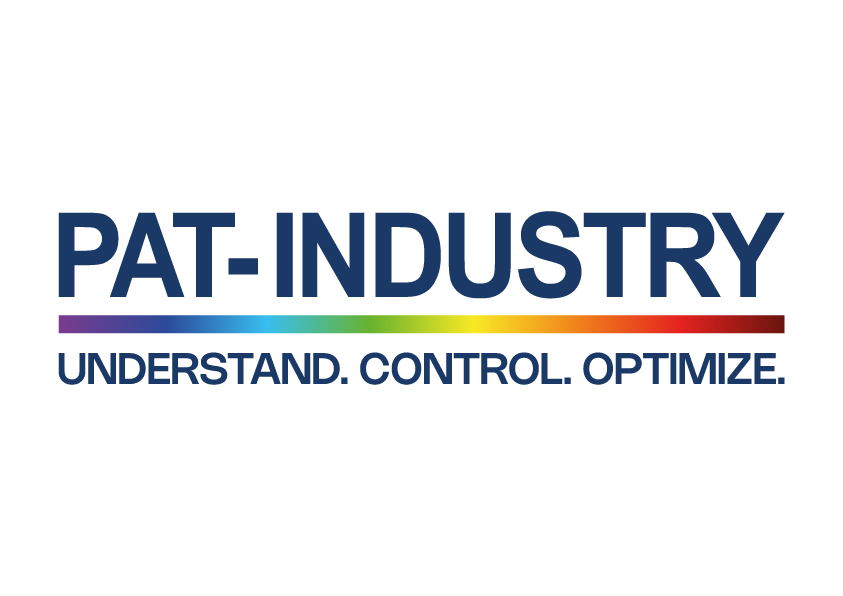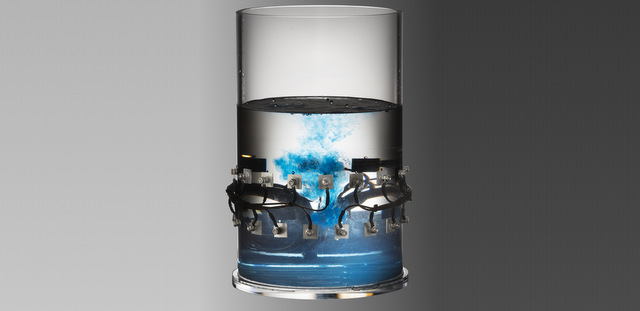Surveillez et optimisez vos étapes de cristallisation grâce à la tomographie électrique ITS : suivez les changements de conductivité dus à la formation de cristaux, identifiez précisément les points de fin de réaction, analysez les cinétiques et les concentrations, bénéficiez d’une vision volumétrique complète via sondes linéaires ou arrays circulaires adaptables.
Idéal en pharma, chimie, analytique et process pilotage.
Points clés
- Surveillance volumétrique de la cristallisation par tomographie électrique
- Identification précise des points de fin de réaction et des bonnes conditions chimiques
- Adaptation via sondes linéaires (baffles intelligents ou mur de cuve) et arrays circulaires
- Suivi des interfaces organiques/aqueuses, cas de phase split et anti-solvants
- Analyse de la cinétique, des concentrations, de la solubilité et température (intégration Matlab et applications chimométriques)
- Intégration multicapteurs ITS pour coupler température, solubilité, conductivité en temps réel
- Validation possible à tous les échelons industriels et labo



